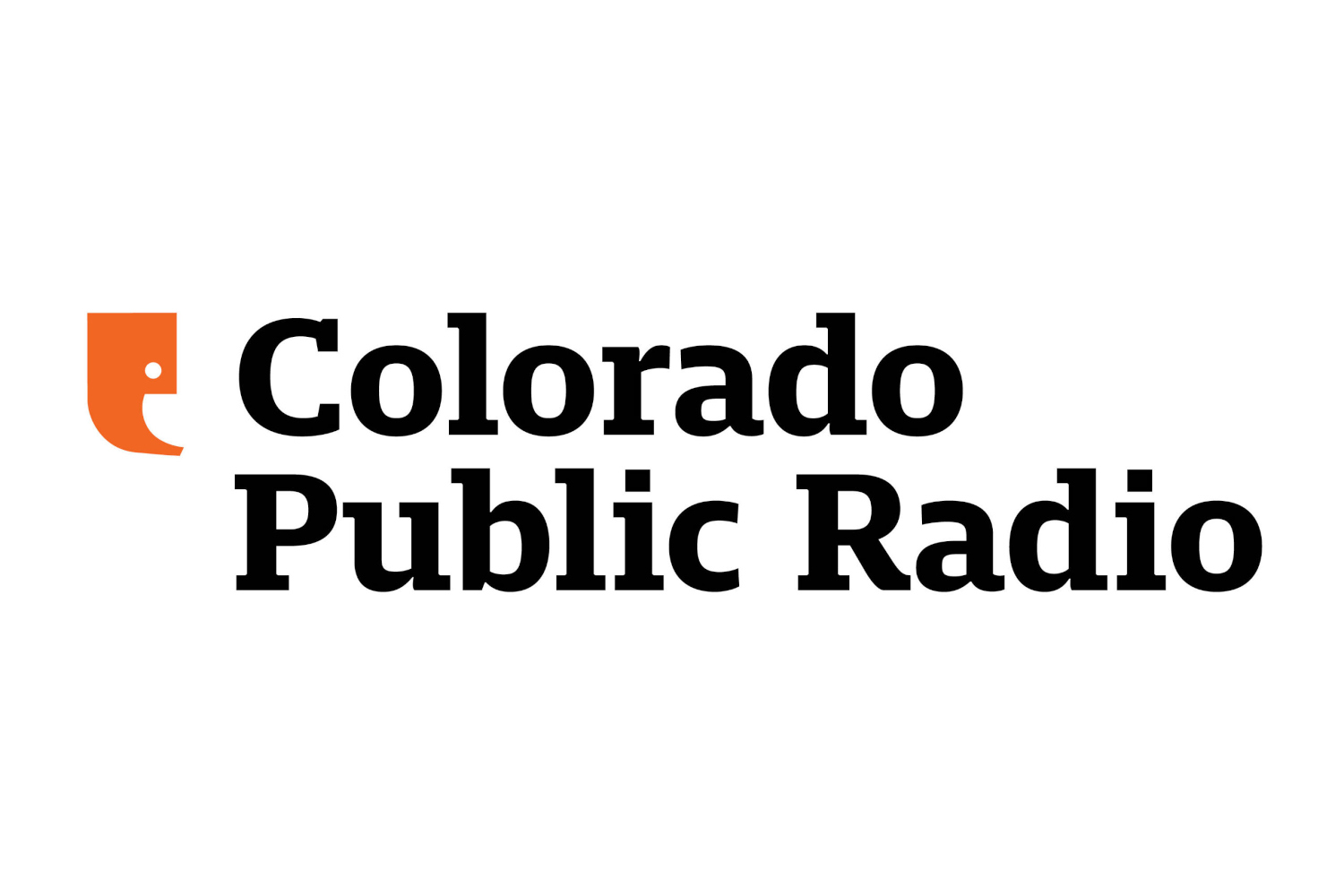What is the minimum wage in Alaska State guide for workers in 2025 – MARCA

Analysis of Alaska’s Labor Regulations and Their Contribution to Sustainable Development Goals (SDGs)
This report provides an analysis of the State of Alaska’s labor regulations, effective January 2025, with a specific focus on their alignment with the United Nations Sustainable Development Goals (SDGs). The state’s policies on minimum wage, overtime, and enforcement serve as critical mechanisms for advancing decent work, reducing poverty, and fostering institutional justice.
Minimum Wage Policy: A Tool for SDG 1 and SDG 8
Alaska’s minimum wage framework is a direct contributor to achieving key development targets, particularly those related to poverty and economic well-being.
2025 Minimum Wage Rate and Economic Growth (SDG 8)
As of January 2025, the minimum wage in Alaska is set at $13.00 per hour. This rate is substantially higher than the federal minimum wage of $7.25 per hour, reflecting a commitment to ensuring a higher baseline of compensation for workers. This policy directly supports SDG 8: Decent Work and Economic Growth, which advocates for productive employment and fair remuneration for all.
Inflation Adjustment and Poverty Reduction (SDG 1)
A significant feature of Alaska’s wage law is the annual adjustment based on inflation and the consumer price index. This mechanism is designed to protect the purchasing power of workers’ wages against the rising cost of living. By doing so, the policy actively contributes to SDG 1: No Poverty, aiming to ensure that the lowest-paid workers can maintain a basic standard of living, which is particularly crucial in a state with a high cost for goods and services.
Overtime Regulations and the Promotion of Decent Work (SDG 8)
The state’s overtime provisions are structured to protect workers from exploitation and promote a healthy work-life balance, aligning with the principles of decent work.
Overtime Compensation Rules
In accordance with SDG 8, Target 8.8 (Protect labour rights and promote safe and secure working environments), Alaska mandates overtime pay at 1.5 times the regular rate under the following conditions:
- For hours worked in excess of 8 in a single workday.
- For hours worked in excess of 40 in a single workweek.
This regulation does not apply to businesses with fewer than four employees. A pre-approved flexible workweek model, allowing for four 10-hour days without overtime, is permissible if the 40-hour weekly limit is not exceeded.
Institutional Framework: Upholding Justice and Strong Institutions (SDG 16)
The establishment and enforcement of these labor laws are managed by a dedicated state agency, reflecting the importance of robust governance structures.
Role of the Department of Labor and Workforce Development
The Alaska Department of Labor and Workforce Development is the entity responsible for setting, adjusting, and enforcing the state’s minimum wage and labor laws. Through annual economic analysis, the department ensures that the wage rate remains relevant to the state’s economic conditions. This function exemplifies the principles of SDG 16: Peace, Justice and Strong Institutions, which calls for effective, accountable, and inclusive institutions at all levels to enforce non-discriminatory laws and policies for sustainable development.
Advancing Labor Rights and Reducing Inequalities (SDG 10)
The comprehensive nature of Alaska’s labor laws provides a foundation for reducing economic disparities and protecting vulnerable workers.
Core Worker Protections
The state’s legal framework guarantees fundamental rights that are essential for achieving SDG 10: Reduced Inequalities. These rights ensure that all workers, regardless of background, are treated fairly. Key protections include:
- The right to fair pay for all hours worked.
- The right to additional compensation for applicable overtime.
- The right to safe and dignified working conditions.
- The right to report violations without fear of retaliation.
Challenges and Outlook
Despite a competitive minimum wage, the high cost of living in Alaskan urban centers like Anchorage, Fairbanks, and Juneau presents an ongoing challenge to fully realizing the anti-poverty goals of SDG 1. Continuous monitoring and adjustment by the Department of Labor are therefore essential to ensure that these progressive labor policies translate into meaningful and sustainable economic security for all working families in the state.
SDGs Addressed in the Article
-
SDG 1: No Poverty
The article connects to SDG 1 by discussing the minimum wage in the context of the high cost of living in Alaska. It highlights the challenge for working families to afford basic necessities like food, utilities, and transportation, even with a wage higher than the federal minimum. This directly relates to preventing in-work poverty and ensuring wages are sufficient for a decent standard of living.
-
SDG 8: Decent Work and Economic Growth
This is the most prominent SDG in the article. The text focuses extensively on labor rights and conditions, including the minimum wage, overtime pay regulations (1.5 times the regular wage), fair compensation, safe working conditions, and the right to report abuse. The role of the Alaska Department of Labor in setting and adjusting wages to protect workers is a core theme of decent work.
-
SDG 10: Reduced Inequalities
The article touches on SDG 10 by highlighting the disparity between Alaska’s minimum wage ($13.00) and the federal minimum wage ($7.25), showcasing how state-level policies can reduce income inequality. It also specifically mentions “Latino workers,” indicating a focus on ensuring fair labor standards for all demographic groups, including migrant or minority communities.
Specific SDG Targets Identified
-
Target 8.5: Achieve full and productive employment and decent work for all… and equal pay for work of equal value.
The article directly addresses this target by detailing Alaska’s minimum wage of $13.00 per hour, which is a key component of “decent work.” The discussion of fair pay for every hour worked and the system for overtime compensation ensures that workers are paid appropriately for their labor, aligning with the principle of fair and productive employment.
-
Target 8.8: Protect labour rights and promote safe and secure working environments for all workers.
This target is clearly identified through the list of “Alaska labor rights,” which includes “Fair pay for every hour worked,” “Additional compensation for overtime,” “Safe and dignified working conditions,” and the “Right to report abuse without retaliation.” The article emphasizes the role of the Alaska Department of Labor as an enforcement body to protect these rights.
-
Target 10.4: Adopt policies, especially fiscal, wage and social protection policies, and progressively achieve greater equality.
The article provides a clear example of this target in action. The establishment of a state minimum wage higher than the federal level is a direct wage policy aimed at social protection and reducing inequality. Furthermore, the policy of annually adjusting the wage based on inflation and the consumer price index is a mechanism to “progressively achieve greater equality” by ensuring wages keep pace with the cost of living.
Indicators for Measuring Progress
-
Indicator related to Target 8.5 (Average hourly earnings)
The article explicitly states the minimum hourly wage in Alaska is “$13.00 per hour.” This figure serves as a direct indicator of the minimum hourly earnings for workers in the state, which can be used to measure progress towards ensuring a living wage as part of decent work.
-
Indicator related to Target 8.8 (Labor rights regulations)
The article implies indicators by defining specific labor regulations. The rule that overtime is paid at “1.5 times the regular wage” for work exceeding “8 hours in a single day” or “40 hours in a work week” is a measurable standard. The existence of the Alaska Department of Labor as an agency where workers can “report abuse without retaliation” implies a system for tracking and resolving labor disputes, which can be quantified (e.g., number of cases filed and resolved).
-
Indicator related to Target 10.4 (Wage policy)
The article provides a clear indicator by comparing Alaska’s minimum wage ($13.00) to the federal minimum wage ($7.25). This ratio or difference serves as a measure of how state policy is working to create greater income equality compared to the national baseline. The annual adjustment based on the “consumer price index” is another concrete indicator of a progressive wage policy in effect.
SDGs, Targets, and Indicators Analysis
| SDGs | Targets | Indicators |
|---|---|---|
| SDG 1: No Poverty | Target 1.2: Reduce at least by half the proportion of men, women and children of all ages living in poverty. | Implied Indicator: The relationship between the minimum wage ($13.00/hour) and the high cost of living, which determines the poverty level for working families. |
| SDG 8: Decent Work and Economic Growth | Target 8.5: Achieve decent work for all and equal pay for work of equal value.
Target 8.8: Protect labour rights and promote safe and secure working environments. |
Specific Indicator: Minimum hourly wage set at “$13.00 per hour.”
Specific Indicator: Overtime pay mandated at “1.5 times the regular wage” for more than 8 hours/day or 40 hours/week. The right to “safe and dignified working conditions” and to “report abuse without retaliation.” |
| SDG 10: Reduced Inequalities | Target 10.4: Adopt policies, especially fiscal, wage and social protection policies, and progressively achieve greater equality. | Specific Indicator: The disparity between Alaska’s minimum wage ($13.00) and the federal minimum wage ($7.25).
Policy Indicator: The annual adjustment of the minimum wage based on the “consumer price index.” |
Source: marca.com

What is Your Reaction?
 Like
0
Like
0
 Dislike
0
Dislike
0
 Love
0
Love
0
 Funny
0
Funny
0
 Angry
0
Angry
0
 Sad
0
Sad
0
 Wow
0
Wow
0












































































